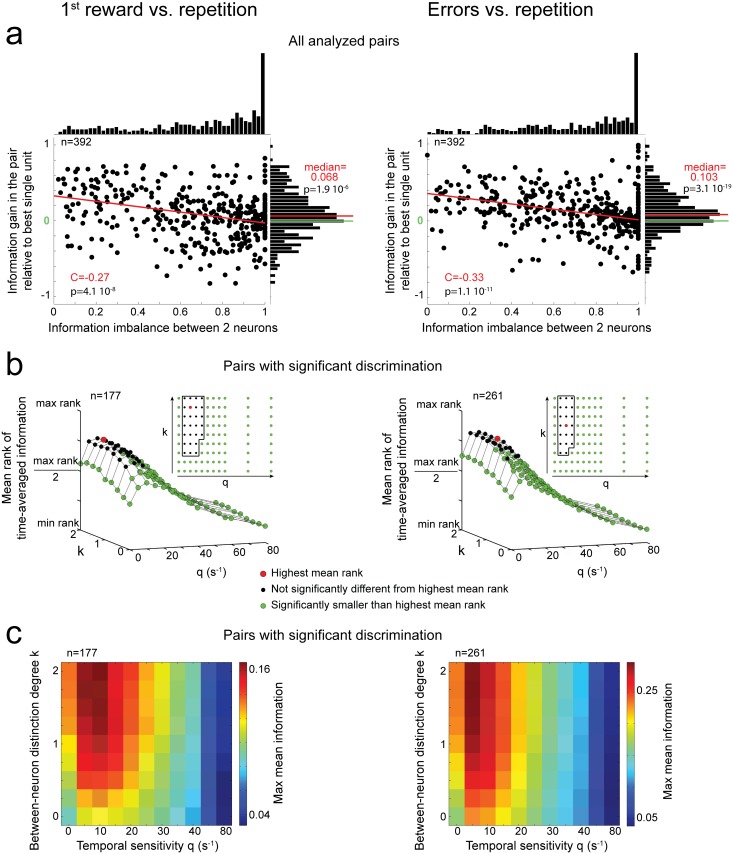Fig 6. Efficient paired decoding often requires distinguishing between the activities of the two neurons.
Left: Decoding first reward versus repetition task epochs. Right: Decoding error versus repetition task epochs. (a) Distribution of information gain when decoding a pair of units relative to decoding the isolated unit of the pair with the highest information, as a function of the information imbalance between the two units of the pair (Table 1). The red line indicates a linear regression fit. The distributions of information gains were significantly biased toward positive values, as indicated by a signed-rank test (all ps < 10−5). (b) Mean rank comparison (with Friedman ANOVA) of the time-averaged information <I>t as a function of (q,k). Data were pooled from both monkeys and were restricted to pairs with significant information. (c) Maximum mean (over neurons with significant information) information as a function of (q,k). Information was maximized over analysis windows ending in [0.05, 0.6] s, steps of 50 ms, and in [0.7, 1] s, steps of 100 ms. See also S9 and S10 Figs.

